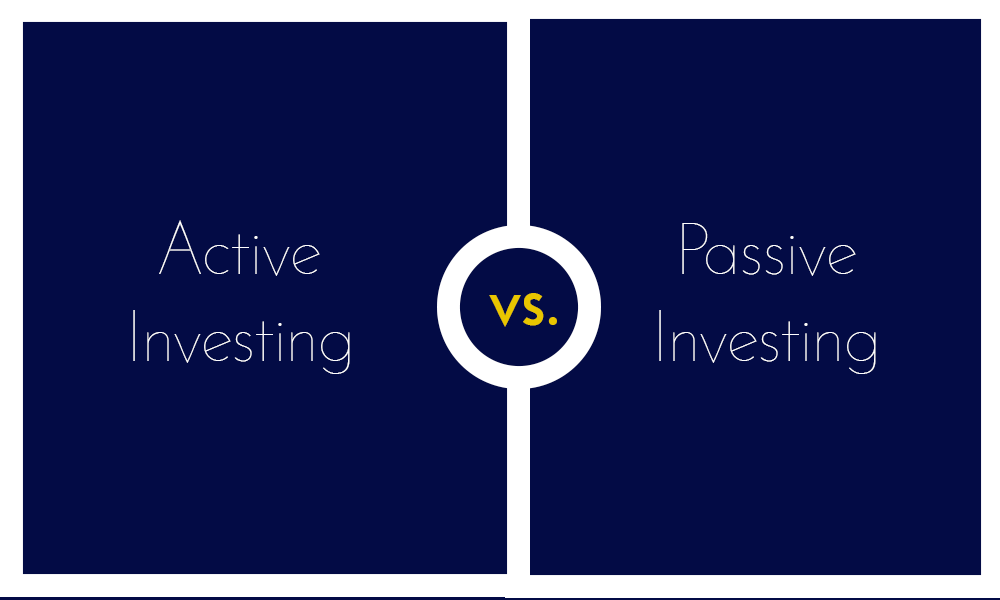

Staying active stays out of the graveyard. Active hands and feet keep in the good graces of irritable coaches. Passive voice commits the deadly sin of weak writing, only atoned by switching sentences to active voice.
Life prefers activity over passive actions in legal/ethical endeavors. However, the investment world leaves the choice up to investor idiosyncrasies.
As the name implies, active investing is investors actively choosing investments that the investor thinks will outperform projections moving forward. The goal is “beating the market.” Passive investing takes the opposite view. Passive investors don’t share rebellious relishing, less confident in the possibility of investments outperforming the market consistently. Hence, they prefer instead to take a backseat approach by just investing in the market itself and taking long-term holdings.
Examples of passive investment holdings include pension funds in a mutual fund or exchange traded funds, mutual funds and portfolios of safe stocks with a low beta and low-but-safe returns, fixed income, bonds, precious metals, or other commodities that are similar in industry and investment status with minimized diversification. Examples of active investing are growth funds that offer greater expected returns, in exchange for greater risk, or other high-risk, high-reward investments or countermarket activities.
Due to this nature, passive investing carries the benefit of lowering potential losses/investment costs. As the name implies, passive investing is also for many less mentally taxing, requiring less dynamic action/intense monitoring and “against the grain” decisions. Simultaneously, relying too heavily on the market’s perceived safety opens the ugly door to market or valuation risk ravaging returns without wise diversification. For example, passive investors of the stock market endure downturns in concert with indexes. Fortunately, traditional investment’s penchant for returning to historical averages quells concerns of those preferring long-term holdings. While that statement continuously proves true over multiple-year periods, “Past performance isn’t indicative of future results” deserves emphasis. In fairness, note historical stock market returns settle at an average of approximately 10 percent. Predictability represents a nice luxury for many investors.
On the other side of the coin, active investments facilitate an opportunity for higher returns than passive investors can achieve during prosperous economic times and, if those returns hit, protection from downsides. Successful active investing connotes a higher level of research beyond the more laissez-faire approach of passive investing that oftentimes leans on normalities. However, higher returns and preparation accepts the eye-rolling con of higher taxes/costs of investment, via higher capital gains taxes, more frequent trades (particularly when shorting is involved) and higher fees from ventures and typically active trading managers, should an investor select the latter.
Much like the mental war waged between chocolate and cardio, balance holds the key to victory. Although listening to a bloodlusted nihilist resembling Magilla Gorilla for financial advice fails the reasonable person test, remember the Thanos line “Perfectly balance, as all things should be.”